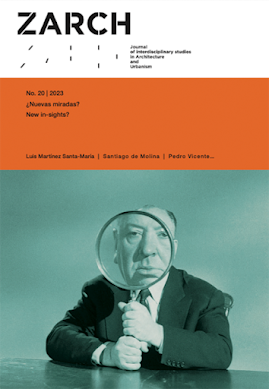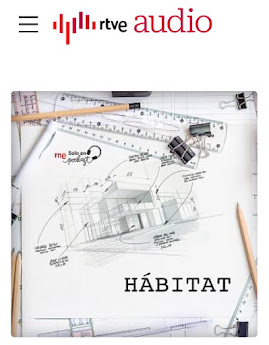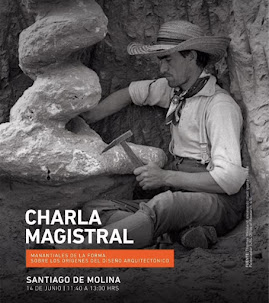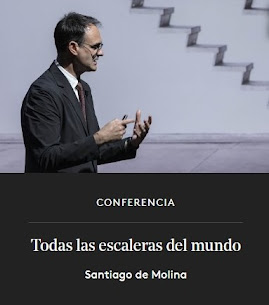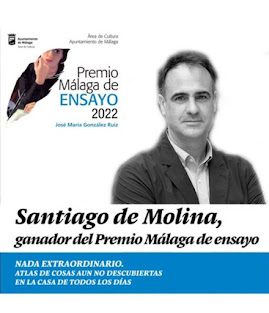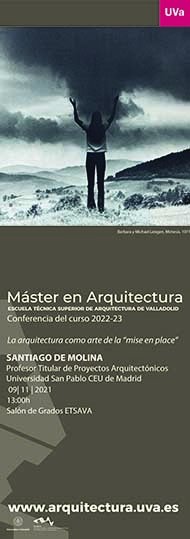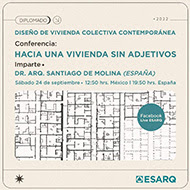Pocas cosas son mejores, tanto de las vacaciones como de volver de ellas, que ese reencuentro con la casa, donde nos lanza un tipo de bienvenida propia, sin palabras ni gestos. Es la suma de un abrazo inmóvil y una sonrisa un poco ladeada, cálida, tan cierta como la amistad o el sentimiento de llegar a una patria de la infancia. La debió sentir Odiseo al tumbarse sobre la cama de su casa en Ítaca después de deshacer las maletas. Aunque nuestra llegada sea de un tono y escala menor, no lo es el sentimiento de que la arquitectura nos espera y nos recibe. No olvidemos que no solo los sitios, los amigos o los animales sienten nuestra partida o nuestra llegada. La casa también nos devuelve, tal vez como un espejo, a nosotros mismos sonriendo. De todo lo infraleve que ofrece lo doméstico, os deseo pronto esa sensación.
Y más aún si alguno o alguna, la semana pasada, se tropezó con el asesino resalto de una acera ciudadana.
Few things are better, both about vacations and returning from them, than that reunion with the house, which gives us its own kind of welcome, without words or gestures. It is the sum of an immobile hug and a slightly tilted, warm smile, as real as friendship or the feeling of arriving in a childhood homeland. Odysseus must have felt it when he lay down on the bed of his house in Ithaca after unpacking. Although our arrival may be of a lesser tone and scale, the feeling that the architecture awaits us and welcomes us is not. Let's not forget that it's not just places, friends, or animals that feel our departure or arrival. The house also reflects us back, perhaps like a mirror, smiling. From all the subtle nuances that the domestic offers, I wish you soon that sensation.
And even more so if any of you, last week, stumbled over a killer speed bump of the city sidewalk.




,%20p.%20457.jpg)






















